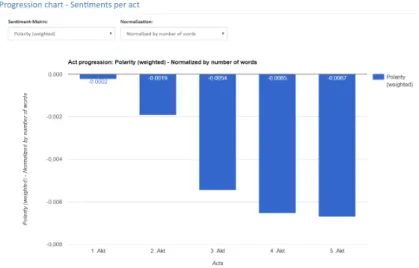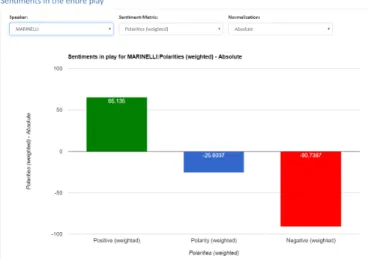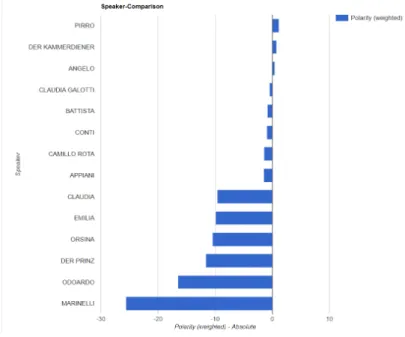Distant Reading Sentiments and Emotions in Historic German Plays
Volltext
Abbildung



ÄHNLICHE DOKUMENTE
[r]
Shakespeare’s plays – studying extracts and film scenes.. William Shakespeare is by far the most important and influential poet and dramatist of
Den motivierenden Einstieg in das Doppelthema "Märchen" und "Europäische Union" kann die Lehrkraft über die Frage nach den in der Klasse gelesenen Märchen und
[r]
[r]
Finde heraus, ob das Wort mit einem d oder einem t endet. Verl ä ngere es und mache
Die Auswirkungen des Klimawandels auf die zukünftige Schneedeckendauer und -ausdehnung wurde im Rahmen des ACRP-Projekts CC-Snow (CC-Snow, 2013 a, b) exemplarisch für die
Da es derzeit keine gesicherten Aussagen über eine Zunahme von Starkregenereignissen gibt (vgl. BMLFUW, 2011), kann auch keine Aussage über eine eventuelle Zunahme